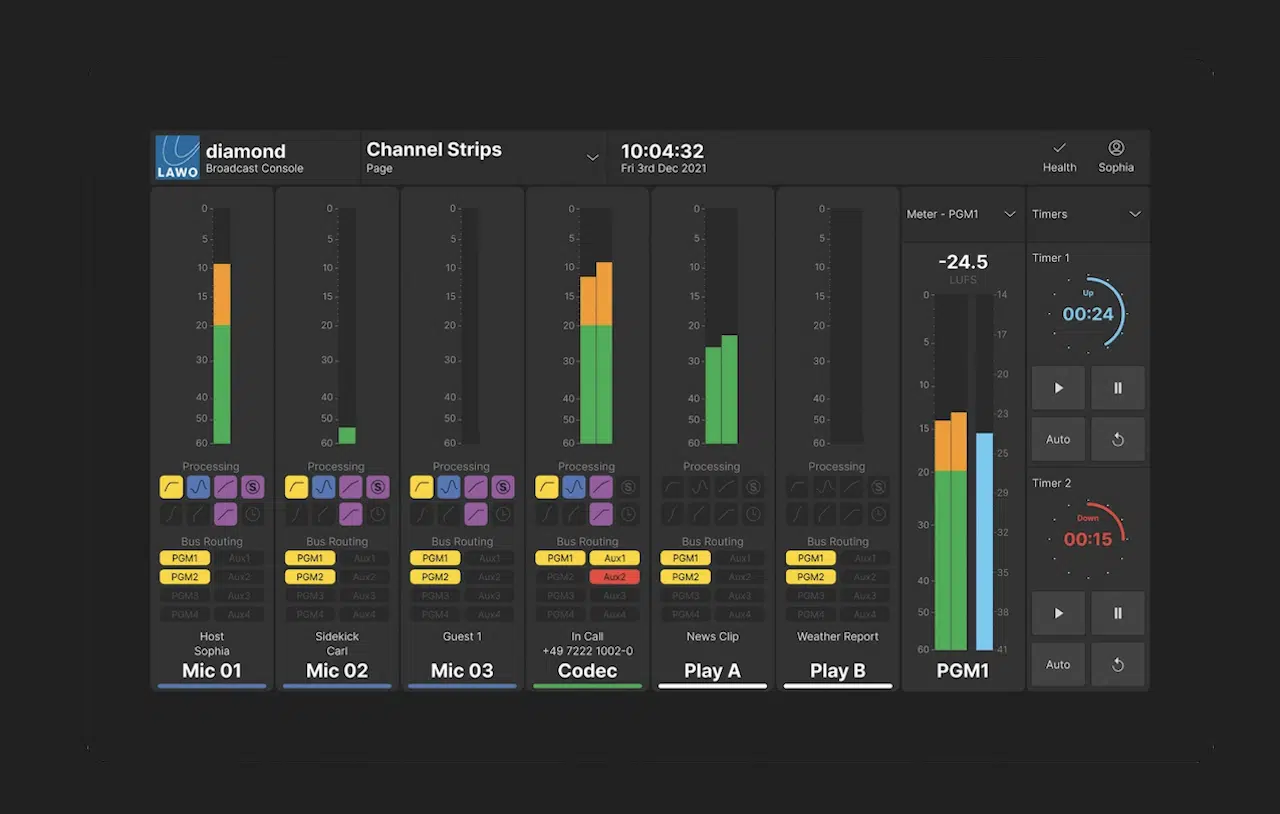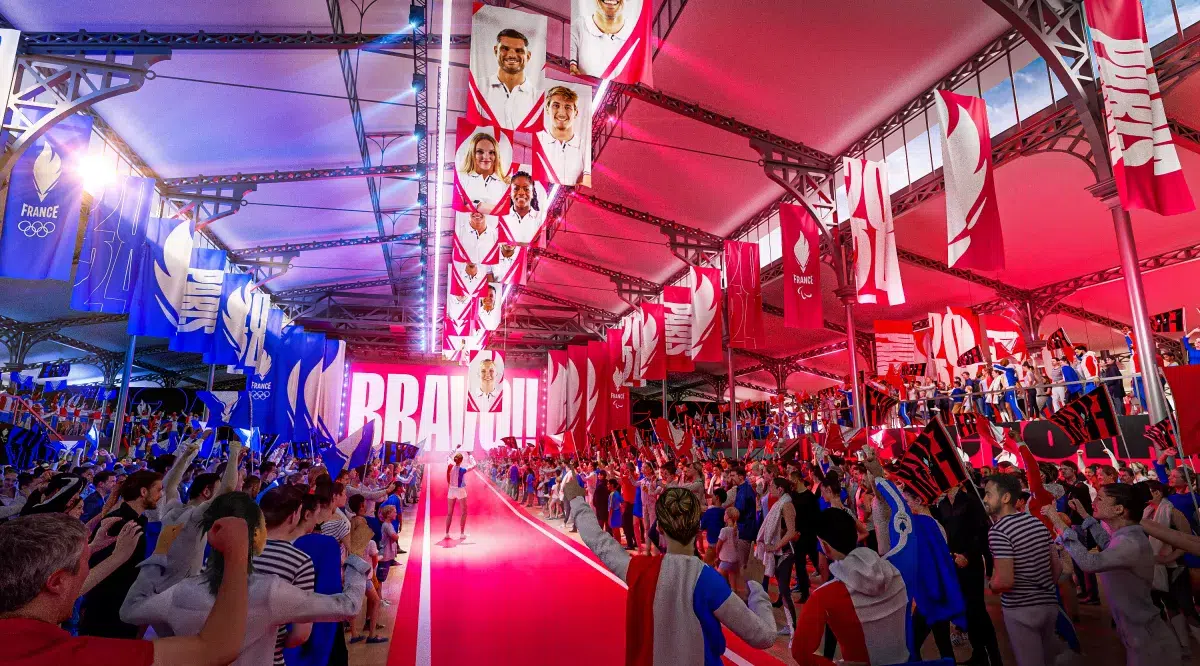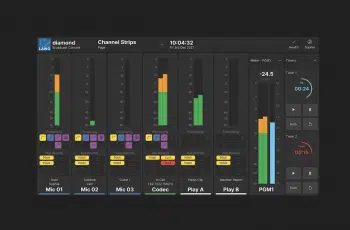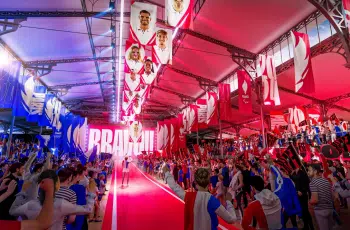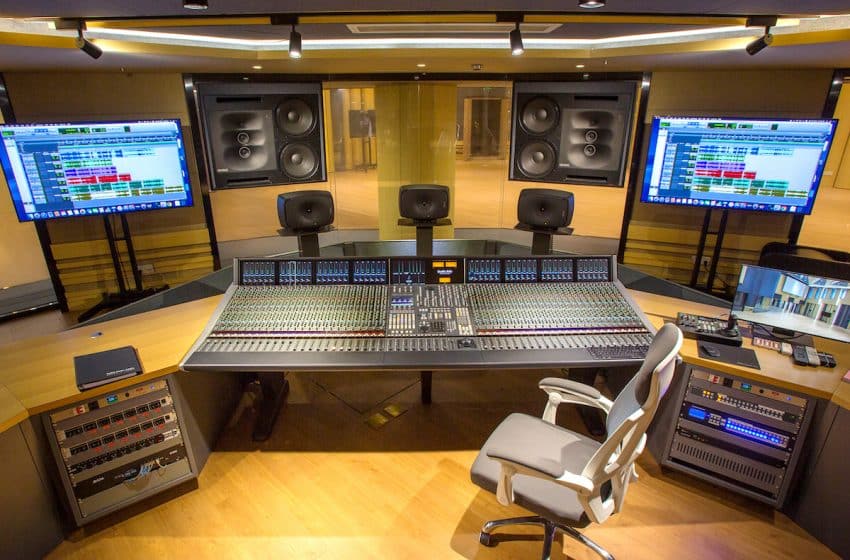
The Shanghai Vocational School of Contemporary Music boasts a new state-of-the-art studio complex; its aim: to establish a high-level music training base to cultivate market-oriented students. Genelec Smart Active Monitors feature throughout the new facility.
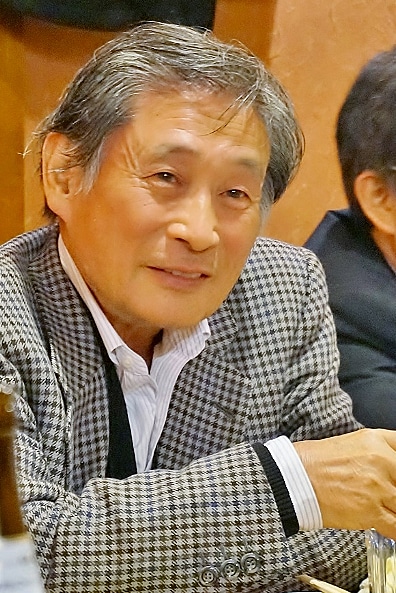
During the early stages of development, Shanghai SunYart Digital Technology director Alex Wei created a basic layout for the facility and continued to refine the plans alongside technical director Zhang Minggang. Technical Execution was provided by He Weier, alongside world-renowned acoustician Sam Toyoshima. One of the key factors for the team was creating a facility that would combine acoustics and aesthetics to the best effect. “Mr. Toyoshima is an acoustic designer full of design aesthetics,” says Wei. “I wanted this project to meet the acoustic requirements and to have visual impact, to have that ‘wow’ factor, so our ideas fitted well.”
The design choices fitted well with the more technical decision to select Genelec Smart Active Monitors precisely calibrated with Genelec’s GLM Loudspeaker Manager software throughout the complex, with the monitors’ minimalist design and classic color scheme complementing Toyoshima’s modern, condensed aesthetic style. “Genelec monitors have gained a good reputation in the industry and were an inevitable choice for this project,” explains Wei.
Beyond the style of the studio complex, a great deal of technical thought went into its creation. An example is the sizeable 300-square-meter recording studio (main image) with its variable reverberation time. The space features more than 70 rotary columns with different heights and diameters and different sizes of sound absorption holes – designed to achieve a reverberation time ranging from 0.8 to 1.2s.
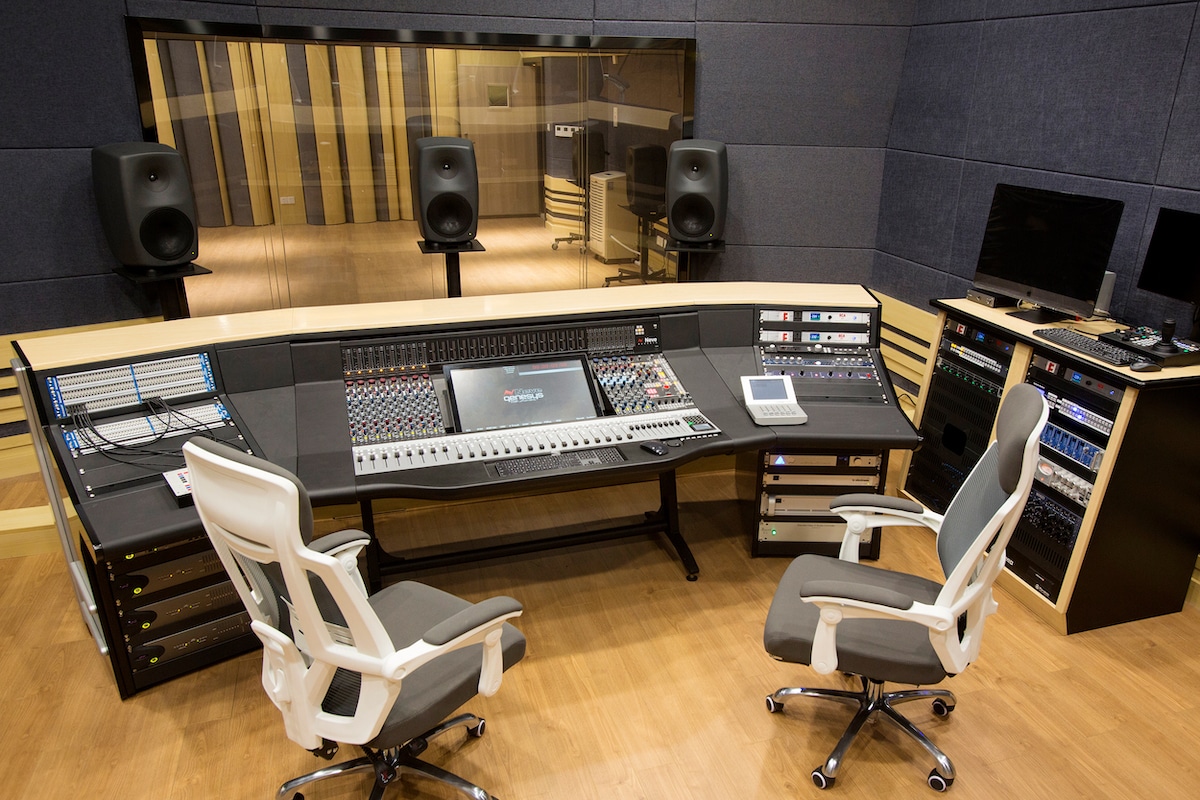
The control room for this space features a pair of 1236 main monitors embedded in the floor-to-ceiling window. The team imagined monitors floating in the glass but faced challenges with the weight of the monitors and the assembly. Wei worked with Toyoshima’s design, accurately calculated the angle, center of gravity and friction at the bottom, and compared various construction materials and methods. With this worked out, the two 1236 monitors remained consistent with the 6-degree inclination angle of the glass.
In addition, three 8351 coaxial nearfield monitors sit on retractable stands — which don’t impede the sound from the main monitors when lowered but can then rise mechanically to provide a 5.1 system for surround mixing. Two 7380 subwoofers accompany these. As Wei explains, “8351 monitors give a very modern sense of science fantasy. Combined with the 7380 subwoofers, it’s as if you are piloting a spaceship in Star Wars!”
A further unique teaching space is the “staircase classroom,” where students sit on steps rather than traditional seating. On one side of the classroom, there is a large floor-to-ceiling window looking into a studio. When a teacher works, students can enter the studio to watch or observe through the glass from the steps outside. A high-definition camera above the mixing console displays the teacher in action via a projection screen, while Genelec 1238 three-way monitors relay audio to the class.
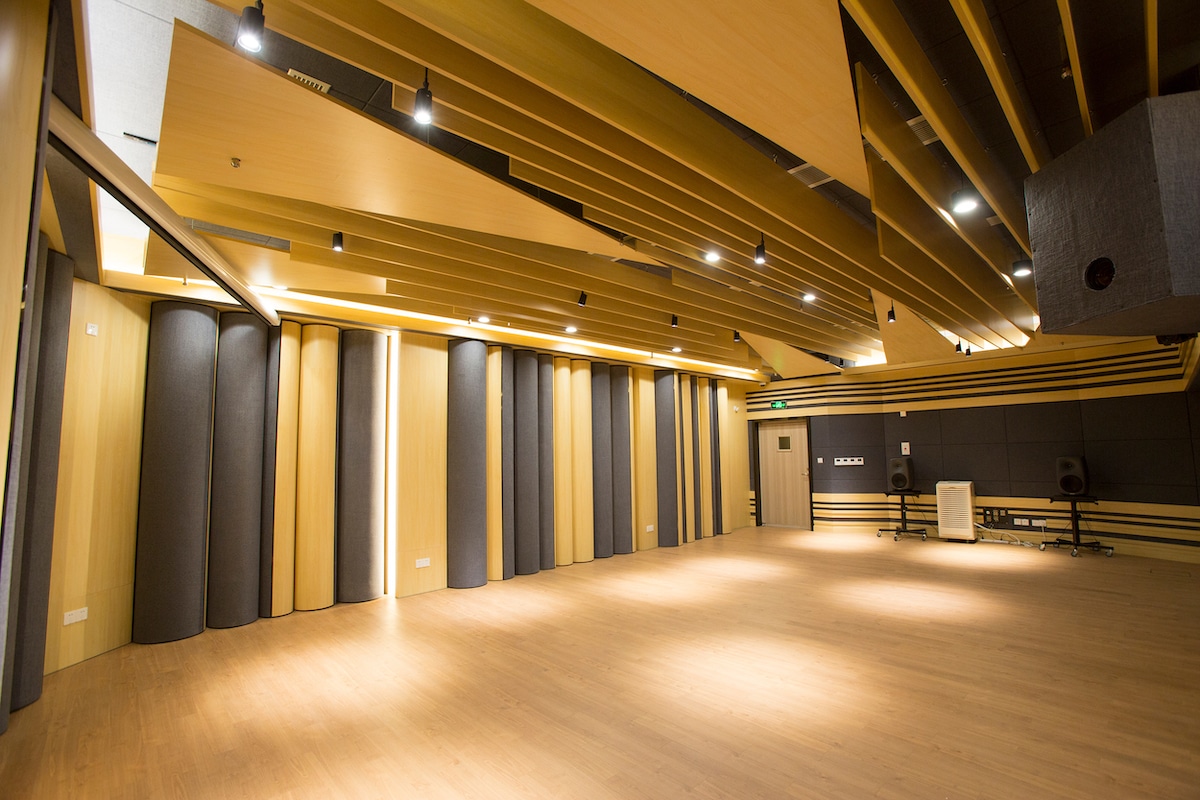
The project also created four other recording spaces, including a mastering room on the ground floor fitted with stereo 1238 monitors and a 5.1 system comprising 8351s and a 7370 subwoofer. Additionally, a multifunctional 5.1 teaching studio features 8260 monitors with a 7370 subwoofer, and two small practice studios in the basement are each equipped with a pair of 8351 monitors.
Staff at the school describe the results as going “beyond our expectations,” and Wei is clearly proud of the innovative complex created. “What we’ve ended up with here is excellent sound quality and very accurate sound image positioning,” he comments. “The teachers at the school, the professors at Shanghai Conservatory of Music, and the visiting professors from other schools think that this is the best studio they’ve ever seen.”
For his part, Toyoshima agrees: “I think the high-quality equipment and creative atmosphere provided by the school can train a group of future-oriented sound engineers better and faster.”



